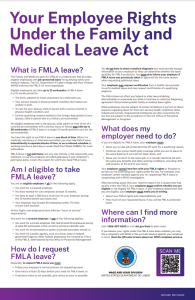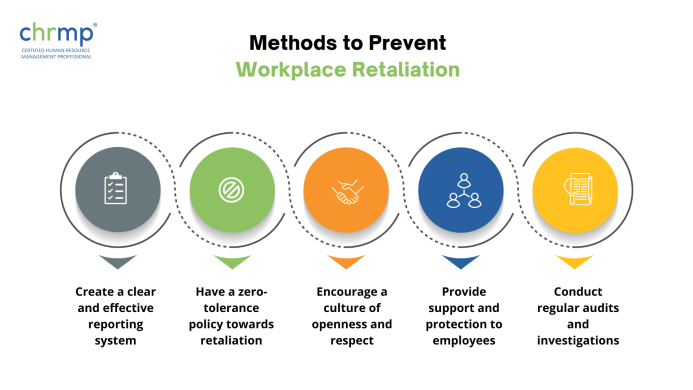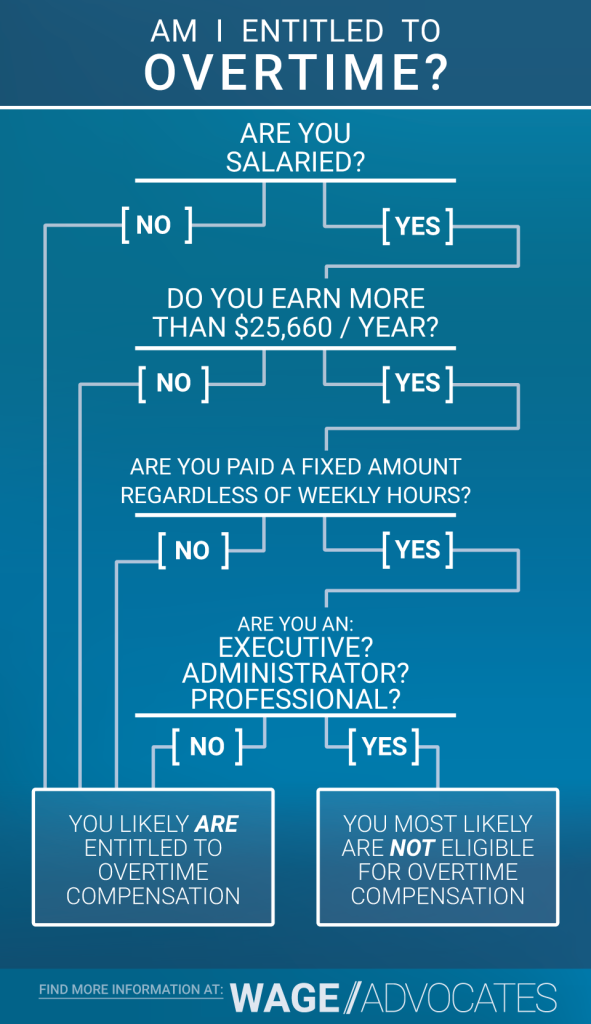
Employee Rights Under the Family and Medical Leave Act (FMLA): Your Comprehensive Guide
Navigating the complexities of work and personal life can be challenging, especially when serious health conditions or family emergencies arise. Fortunately, the United States offers a crucial safety net for many workers: the Family and Medical Leave Act (FMLA). This federal law provides eligible employees with the right to take unpaid, job-protected leave for specific family and medical reasons, without fear of losing their job or health insurance.
If you’re wondering about your employee rights under FMLA, how it works, and what protections it offers, you’ve come to the right place. This comprehensive guide will break down the FMLA in easy-to-understand terms, ensuring you know your entitlements and how to exercise them.
What is the Family and Medical Leave Act (FMLA)?
At its heart, the FMLA is about balance. Enacted in 1993, it allows eligible employees to take time off work for specific family and medical reasons without risking their employment. It’s not about paid leave, but rather about job protection and health benefit continuation.
Think of it as a federal guarantee that you won’t be fired simply because you need to take time away from your job to:
- Care for a new child (birth, adoption, or foster care).
- Attend to your own serious health condition.
- Care for a family member with a serious health condition.
- Handle qualifying exigencies related to a family member’s military service.
- Care for a covered service member with a serious injury or illness.
The FMLA provides up to 12 workweeks of unpaid leave in a 12-month period for most qualifying reasons, and up to 26 workweeks for military caregiver leave.
Who is Eligible for FMLA Leave? Understanding the Criteria
Not every employee or employer is covered by the FMLA. Both you and your employer must meet specific criteria for the law to apply.
1. Employer Eligibility
Your employer must be a "covered employer" under the FMLA. This generally includes:
- Private-sector employers with 50 or more employees working within 75 miles of your worksite for at least 20 workweeks in the current or preceding calendar year.
- Public agencies (federal, state, and local government employers), regardless of the number of employees.
- Public or private elementary and secondary schools, regardless of the number of employees.
2. Employee Eligibility
Even if your employer is covered, you, as an employee, must also meet certain requirements:
- Worked for the employer for at least 12 months (these 12 months do not have to be consecutive).
- Worked at least 1,250 hours during the 12-month period immediately preceding the start of leave. (This averages out to about 25 hours per week).
- Work at a location where the employer has 50 or more employees within 75 miles of that worksite.
Important Note: If you don’t meet these criteria, you may still have rights under state or local leave laws, which sometimes offer broader protections than FMLA.
Qualifying Reasons for FMLA Leave: When Can You Take Time Off?
The FMLA specifies the exact circumstances under which you can take job-protected leave. These include:
- Birth of a Child and to Care for the Newborn Child: This includes time off for the actual birth, as well as the period immediately after to bond with and care for the baby. This leave must be taken within one year of the child’s birth.
- Placement of a Child for Adoption or Foster Care and to Care for the Newly Placed Child: Similar to birth, this leave allows time for bonding and care, and must be taken within one year of placement.
- To Care for Your Spouse, Son, Daughter, or Parent with a Serious Health Condition: This applies when your immediate family member has an illness, injury, impairment, or physical or mental condition that involves inpatient care or continuing treatment by a healthcare provider.
- Your Own Serious Health Condition: If you have a serious health condition that makes you unable to perform the essential functions of your job, you can take FMLA leave. This also includes conditions that require inpatient care or continuing treatment by a healthcare provider.
- Qualifying Exigency Arising Out of a Family Member’s Military Service: If your spouse, son, daughter, or parent is a covered military member on active duty or called to active duty status, you may take leave for certain "qualifying exigencies," such as attending military events, arranging childcare, or making financial and legal arrangements.
- To Care for a Covered Service Member with a Serious Injury or Illness (Military Caregiver Leave): This allows eligible employees to take up to 26 workweeks of leave in a single 12-month period to care for a current service member (or certain veterans) who is suffering from a serious injury or illness incurred in the line of duty.
Your Core FMLA Rights: What the Law Guarantees You
Understanding the "why" and "who" of FMLA is crucial, but knowing your fundamental rights is where the power of the law truly lies.
1. Job Protection (Right to Reinstatement)
This is the cornerstone of FMLA. When you return from FMLA leave, you have the right to be restored to your original job or an "equivalent job." An equivalent job means:
- Virtually identical duties, responsibilities, and status.
- The same or equivalent pay, benefits, and other terms and conditions of employment.
- The same or equivalent work schedule and location.
Your employer generally cannot demote you, reduce your pay, or assign you to a less desirable position simply because you took FMLA leave.
2. Continuation of Health Benefits
While on FMLA leave, your employer must maintain your group health benefits under the same conditions as if you had not taken leave. This means:
- Your employer must continue to pay their share of your health insurance premiums.
- You must continue to pay your share of the premiums.
If you don’t return to work after your FMLA leave, your employer may, in some cases, recover premiums paid on your behalf during the unpaid leave.
3. No Retaliation or Interference
It is illegal for your employer to interfere with, restrain, or deny your exercise of FMLA rights. This means your employer cannot:
- Discriminate against you for requesting or taking FMLA leave.
- Punish you (e.g., demotion, firing, negative performance review) for using FMLA.
- Discourage you from taking FMLA leave.
If you believe your employer has retaliated against you for exercising your FMLA rights, you have the right to seek recourse.
4. Intermittent Leave or Reduced Schedule Leave
FMLA leave doesn’t always have to be taken in one continuous block. For certain qualifying reasons (your own or a family member’s serious health condition, or military caregiver leave), you can take leave:
- Intermittently: In separate blocks of time (e.g., a few hours per week, or a day here and there) for a single qualifying reason.
- On a Reduced Leave Schedule: Reducing your usual weekly or daily work schedule (e.g., working part-time for a period).
Your employer generally cannot require you to take more leave than is medically necessary.
5. Substitution of Paid Leave
The FMLA allows, and in some cases requires, you or your employer to substitute accrued paid leave (like vacation, sick time, or personal time) for unpaid FMLA leave.
- Employee’s Choice: You can choose to use your accrued paid leave to cover some or all of your FMLA leave, meaning you’ll get paid during that time.
- Employer’s Requirement: Your employer may require you to use your accrued paid leave concurrently with your FMLA leave. This doesn’t extend your FMLA entitlement; it just means that part of your FMLA leave will be paid.
How to Request FMLA Leave: Your Responsibilities
While the FMLA provides significant rights, you also have responsibilities to ensure your leave is properly handled.
1. Provide Notice
- Foreseeable Leave: If your need for FMLA leave is foreseeable (e.g., planned medical treatment, birth of a child), you generally must provide your employer with at least 30 days’ advance notice. If 30 days’ notice is not practicable, you must provide notice as soon as possible.
- Unforeseeable Leave: If the need for leave is not foreseeable (e.g., emergency hospitalization), you must provide notice as soon as practicable, typically within one or two business days of learning of the need for leave.
- Content of Notice: While you don’t have to specifically mention "FMLA," you must provide enough information for your employer to understand that your leave may be FMLA-qualifying. State the reason for your leave and the anticipated timing and duration.
2. Provide Medical Certification (If Requested)
- Your employer has the right to request a medical certification from a healthcare provider to support your need for FMLA leave due to a serious health condition (your own or a family member’s).
- You generally have 15 calendar days to provide this certification once requested.
- The certification should include information like the date the serious health condition began, its probable duration, and relevant medical facts. Your employer cannot ask for your diagnosis directly.
3. Cooperate with Employer Requests
You are expected to cooperate with your employer’s reasonable requests for information to determine if your leave qualifies under FMLA.
Employer Responsibilities Under FMLA
The FMLA also places specific duties on your employer:
- Provide Notice: Employers must post a general notice about FMLA rights in a conspicuous place. They also must provide employees with written notice of their FMLA rights and responsibilities when they request leave.
- Designate Leave: Once an employer has enough information to determine that leave is FMLA-qualifying, they must notify the employee that the leave will be designated as FMLA leave within five business days.
- Maintain Records: Employers must keep records pertaining to FMLA, but these records must be kept confidential.
- Prohibit Interference and Retaliation: As mentioned, employers cannot interfere with or punish employees for exercising their FMLA rights.
Returning to Work After FMLA Leave
When your FMLA leave concludes, you generally have the right to be restored to your same job or an "equivalent job" with equivalent pay, benefits, and other terms and conditions of employment.
- Equivalent Job: This means the job must be virtually identical to your original position. It’s not enough for it to be a similar job; it must have the same status, duties, responsibilities, working conditions, privileges, and pay.
- No Loss of Benefits: You cannot lose any accrued seniority or benefits due to taking FMLA leave.
Limited Exception ("Key Employee"): In rare cases, highly paid "key employees" (among the highest paid 10% of salaried employees within 75 miles) may not be entitled to reinstatement if restoring them would cause "substantial and grievous economic injury" to the employer. However, employers must notify you of this status and potential impact if they intend to deny restoration.
What to Do if Your FMLA Rights Are Violated
If you believe your employer has violated your FMLA rights, you have several options:
- Communicate with Your Employer: Start by discussing the issue with your HR department or a supervisor. Sometimes, misunderstandings can be resolved internally. Keep detailed records of all communications.
- Contact the U.S. Department of Labor (DOL): The Wage and Hour Division of the DOL enforces the FMLA. You can file a complaint, and the DOL may investigate your employer. They can help facilitate a resolution or pursue legal action on your behalf.
- File a Private Lawsuit: You have the right to file a lawsuit in federal or state court against your employer. This is often done with the assistance of an attorney specializing in employment law.
- Statute of Limitations: Be aware that there are time limits (statutes of limitations) for filing FMLA lawsuits, generally two years from the date of the last violation, or three years if the violation was willful.
Common FMLA Questions (FAQs)
Q1: Is FMLA leave paid?
A: FMLA leave is generally unpaid. However, you or your employer may choose or require the substitution of accrued paid leave (like vacation, sick, or personal time) for some or all of the FMLA leave.
Q2: Can my employer deny my FMLA request?
A: Your employer can deny your request if you or your employer do not meet the eligibility criteria, or if the reason for your leave does not qualify under FMLA. They can also deny it if you fail to provide timely and sufficient notice or medical certification. However, they cannot deny a valid, qualifying FMLA request.
Q3: Can I be fired while on FMLA leave?
A: No, not because you are on FMLA leave. The FMLA protects your job. However, you are not immune from legitimate layoffs, job elimination for business reasons unrelated to your leave, or termination for reasons unrelated to your FMLA leave (e.g., if you committed misconduct before taking leave). Your employer must be able to prove that the termination would have occurred regardless of your FMLA leave.
Q4: What if my job isn’t available when I return?
A: Your employer must restore you to your original job or an equivalent job. If your specific job was eliminated due to a legitimate, non-discriminatory business reason (unrelated to your FMLA leave), and others in similar positions were also impacted, then your employer may not be required to create a new job for you. However, they must be able to prove this.
Q5: Does FMLA run concurrently with other leaves?
A: Yes, FMLA can run concurrently with other types of leave, such as workers’ compensation, short-term disability, or state family leave laws, if the reason for leave qualifies under both laws. Your employer should notify you if leave is designated as FMLA.
Conclusion: Empowering Yourself with FMLA Knowledge
The Family and Medical Leave Act is a vital piece of legislation designed to support employees during challenging personal and family health crises. Understanding your employee rights under FMLA is the first step toward utilizing this important protection effectively.
If you believe you may need FMLA leave, or if you feel your FMLA rights have been violated, educate yourself, communicate clearly with your employer, and don’t hesitate to seek guidance from the U.S. Department of Labor or an experienced employment law attorney. Your ability to balance work and life’s unexpected turns is a protected right, and knowing your entitlements is your best defense.




Post Comment